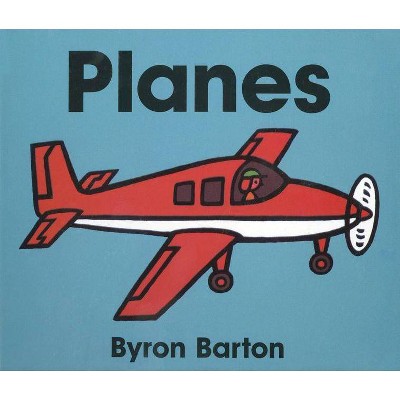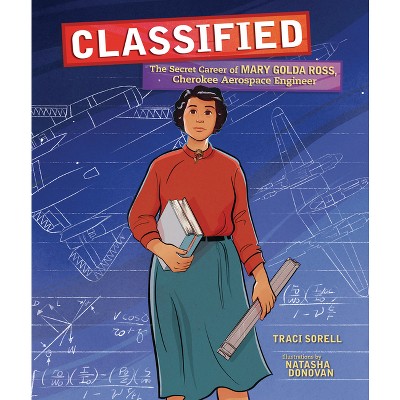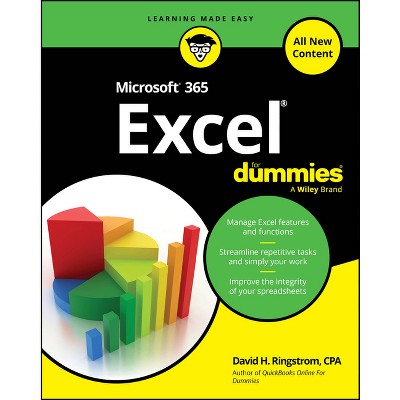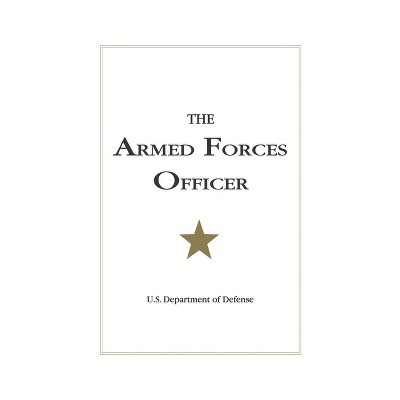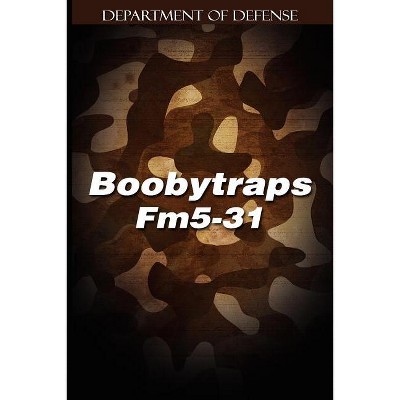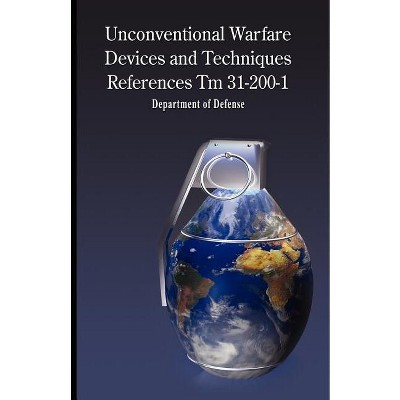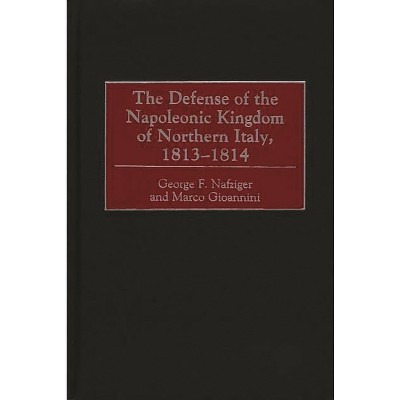Sponsored

Defense Reform and Technology - by Serge B Herzog (Hardcover)
In Stock
Sponsored
About this item
Highlights
- To capture the defense reform debate surrounding the proper application of high technology in military systems, this study focuses on tactical aircraft, an area epitomizing cutting-edge technology.
- About the Author: SERGE HERZOG, who served in the Swiss Air Defense, is currently a consultant for OEISInc.
- 224 Pages
- Technology, Military Science
Description
About the Book
To capture the defense reform debate surrounding the proper application of high technology in military systems, this study focuses on tactical aircraft, an area epitomizing cutting-edge technology. Air combat history is revisited (including the 1991 Persian Gulf War) to confirm, reject, or qualify positions advocating certain technologies in tactical aviation. Emphasis is placed on enduring combat ideas and aircraft design principles. The interaction between mission requirements, inventory composition, and aircraft design is discussed to illustrate the dynamics of constrained choice that enters acquisition decisions. The relevance of reform arguments in the post-Cold War era is assessed, including the impact of political and economic constraints on future force-mix options, the shift from NATO-centered contingencies to Third World Low Intensity Conflict (LIC), and the threat of conventional arms proliferation.
Book Synopsis
To capture the defense reform debate surrounding the proper application of high technology in military systems, this study focuses on tactical aircraft, an area epitomizing cutting-edge technology. Air combat history is revisited (including the 1991 Persian Gulf War) to confirm, reject, or qualify positions advocating certain technologies in tactical aviation. Emphasis is placed on enduring combat ideas and aircraft design principles. The interaction between mission requirements, inventory composition, and aircraft design is discussed to illustrate the dynamics of constrained choice that enters acquisition decisions. The relevance of reform arguments in the post-Cold War era is assessed, including the impact of political and economic constraints on future force-mix options, the shift from NATO-centered contingencies to Third World Low Intensity Conflict (LIC), and the threat of conventional arms proliferation.About the Author
SERGE HERZOG, who served in the Swiss Air Defense, is currently a consultant for OEISInc.Shipping details
Return details
Frequently bought together


Trending Computers & Technology Books
